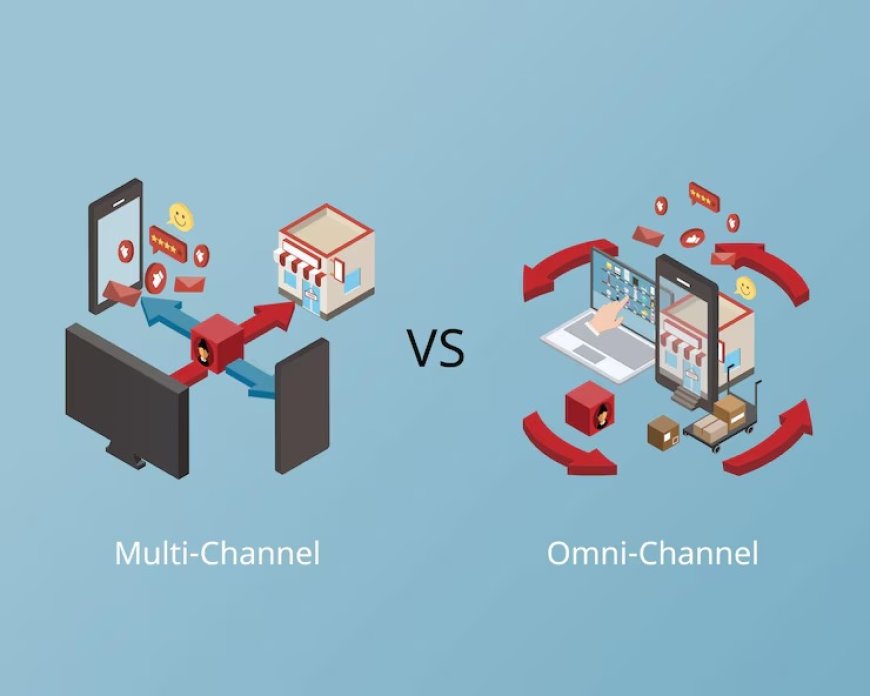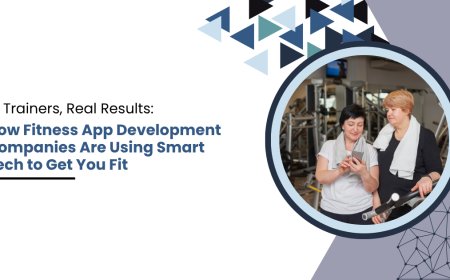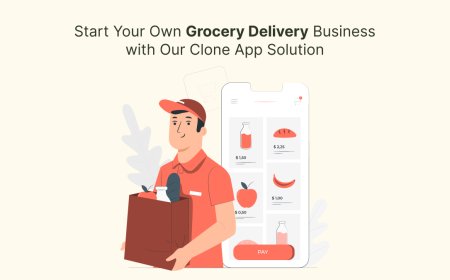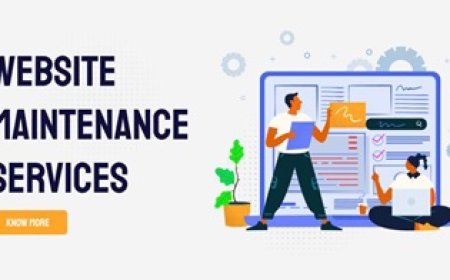Omnichannel vs. Multichannel: What’s the Difference and Why It Matters?
Discover the main differences between omnichannel and multichannel strategies. Understand why knowing these concepts is essential for your business success.

In todays digitally connected world, customer experience is no longer optional; its everything. But how do you ensure your customers feel heard, valued, and supported across every touchpoint? For enterprises, this comes down to one critical choice: Omnichannel vs. Multichannel strategy.
Although both approaches offer multiple communication channels, theres a major difference in how those channels interact. And that difference can make or break the customer experience. Lets break it down.
What Is Multichannel?
A multichannel approach enables customers to interact with your brand across various platforms, including email, phone, live chat, social media, mobile apps, and more. Sounds good, right? It is, to a point. Each channel operates independently, which can lead to fragmented conversations and duplicated efforts.
For example, a customer might start a chat on your website, then call your support center. But unless your agents have visibility into both interactions, theyll need to ask the same questions again. That repetition creates friction and frustration.
Multichannel is a step up from single-channel support, but it doesnt always deliver the seamless experience todays customers expect.
What Is Omnichannel?
Enter the omnichannel approach: a fully integrated customer experience across all communication channels. With omnichannel, data flows between platforms. So when a customer moves from live chat to email or from social media to phone support, the context follows them.
Imagine a customer chatting with your AI assistant on your website, then switching to WhatsApp or SMS to continue the conversation. With Salesforce AI Omnichannel chat, that transition is smooth. Your agent sees the full history, no repeating needed.
This seamless experience increases satisfaction, boosts loyalty, and saves your team time.
Key Differences Between Omnichannel and Multichannel
While multichannel simply provides different options for communication, omnichannel connects them. Heres how they stack up:
| Feature | Multichannel | Omnichannel |
|---|---|---|
| Communication Options | Multiple | Multiple |
| Integration Between Channels | Minimal | Fully Integrated |
| Unified Customer View | No | Yes |
| Personalization | Limited | Deep & Contextual |
| Efficiency | Medium | High |
| Customer Satisfaction | Good | Excellent |
The main takeaway: Omnichannel builds a bridge across your digital landscape. Multichannel offers roads, but not necessarily ones that connect.
Why Omnichannel Matters for Enterprises
Large enterprises deal with high volumes of customer interactions daily. Without integration, managing those conversations becomes overwhelming.
Lets say your business uses both Salesforce and Microsoft Dynamics 365. You may run marketing campaigns, handle service tickets, and manage sales activities on both platforms. To keep everything flowing, you need centralized data and smooth transitions between teams and touchpoints.
This is where Salesforce AI Omnichannel chat and Dynamics 365 AI Omnichannel chat become essential tools. These solutions combine artificial intelligence and real-time analytics to deliver highly personalized customer experiences across all channels, in one unified view.
1. Improved Agent Efficiency
With AI-powered omnichannel chat, support agents dont have to switch between systems or guess what a customer needs. Whether your agents are working from Salesforce or Dynamics 365, they have instant access to previous conversations, preferences, and interaction history. This context lets them resolve issues faster and with more empathy.
2. Smarter Customer Routing
AI-driven chat systems can intelligently route customers to the right agent based on their needs, sentiment, or account value. This is not only smart, its profitable.
For example, Salesforce AI Omnichannel chat uses machine learning to predict intent and direct conversations to the right resource. This reduces resolution time and improves customer retention.
3. Real-Time Data for Better Decisions
With Dynamics 365 AI Omnichannel chat, data from every channel is captured and analyzed in real time. You can spot trends, monitor performance, and adapt quickly to changing customer behaviors.
Real-time visibility into service performance also empowers managers to coach agents effectively, reduce escalations, and continuously optimize support operations.
Commercial Value of Omnichannel Engagement
Adopting an omnichannel approach isnt just about better service; it directly affects your bottom line. According to research by Aberdeen Group, companies with strong omnichannel engagement retain 89% of their customers, compared to just 33% for those with weak multichannel strategies.
Heres what the switch to omnichannel can mean commercially:
-
Higher customer lifetime value thanks to consistent, personalized interactions.
-
Lower operational costs by reducing duplication and manual effort.
-
Increased conversion rates through AI-augmented, real-time engagement.
-
Stronger brand loyalty by building trust and reducing customer effort.
When powered by platforms like Salesforce AI Omnichannel chat, businesses not only scale their support operations, but they transform them.
Common Omnichannel Use Cases for Enterprises
Enterprises in retail, finance, telecom, and healthcare are increasingly turning to AI-driven omnichannel chat to provide scalable, contextual support. Some examples:
-
A bank uses Dynamics 365 AI Omnichannel chat to handle inquiries through web chat, voice, SMS, and WhatsApp, while maintaining a single thread of communication.
-
A telecom provider integrates Salesforce AI Omnichannel chat to offer 24/7 AI assistance and seamless handoffs to live agents when needed.
-
A global e-commerce brand combines email, chat, and social messaging into one platform, delivering personalized product recommendations in real time.
In each case, omnichannel strategies provide more than efficiency; they create a competitive advantage.
How to Move from Multichannel to Omnichannel
If youre still operating in a multichannel environment, dont worry. The shift to omnichannel is easier than it seems, especially with the right platforms and guidance.
Here are a few steps to start:
-
Audit Your Channels
Identify where your customers are reaching out, email, social, chat, phone, etc., and map how each interaction is handled. -
Choose the Right Tools
Invest in solutions like Salesforce AI Omnichannel chat or Dynamics 365 AI Omnichannel chat to centralize communication and leverage AI automation. -
Train Your Team
Ensure your agents are equipped to work across platforms and can interpret unified data for a holistic customer view. -
Integrate Your Systems
Break data silos by integrating CRM, support, and marketing platforms. Unified systems = unified customer journeys. -
Measure & Optimize
Track performance across all channels, use analytics to spot opportunities, and continuously refine your omnichannel strategy.
Final Thoughts
The debate between Omnichannel vs. Multichannel isnt just about choosing tech, its about choosing your customer. Todays buyers want convenience, speed, and personalization. If your brand cant deliver a seamless experience across every touchpoint, someone else will.
By adopting Salesforce AI Omnichannel chat or Dynamics 365 AI Omnichannel chat, you dont just meet customer expectations, you exceed them. The future of enterprise communication is integrated, intelligent, and omnichannel.
Its time to move from disjointed to unified. From fragmented to fluid. From multichannel to omnichannel.






















